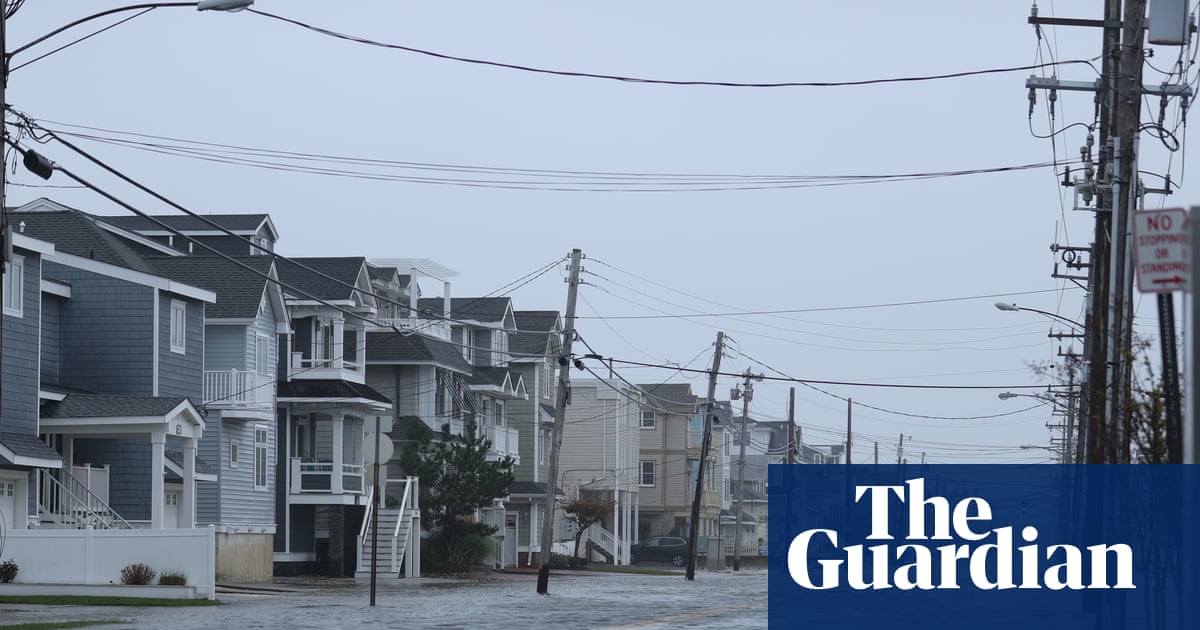Tropical Cyclone Tino formed to the east of the Philippines at the weekend, prompting a nationwide alert. Locally known as Kalmaegi, the storm is strengthening quickly and could reach typhoon status before making landfall early this week, which would make it the 20th tropical cyclone to hit the country this year.
The weather system entered the Philippine Area of Responsibility on Sunday, with sustained winds of 52mph (84km/h) and 65mph gusts. The storm is tracking westward and is expected to intensify into a typhoon within the next 24 hours, before making landfall over the Caraga or Eastern Visayas by Tuesday morning.
Interaction between Tino and the north-east monsoon is expected to bring 50-100mm of rainfall to eastern provinces, triggering flash flooding and landslides in vulnerable areas. Strong winds and heavy downpours are likely to batter much of Visayas and Mindanao, where residents are braced for the storm’s full force.
Sea travel has been suspended in Surigao del Norte and nearby islands as waves grow dangerously rough. The authorities have also closed schools and businesses, while coastal communities were encouraged to evacuate to safer ground. After crossing the Philippines, Tino is forecast to re-emerge over the West Philippine Sea, continuing its westward journey toward Vietnam later in the week.

Meanwhile, south-east Queensland was rocked by a supercell on Saturday that left a trail of destruction. The storm unleashed hailstones the size of tennis balls, with some measuring up to 90mm (3.5in). The impact shattered windows, dented cars and tore holes through roofs, while several people reported injuries from fast-falling ice.
The storm also brought torrential rain, intense lightning and destructive winds that toppled trees and downed power lines in several suburbs. In Sydney, the same weather system dumped about 50mm of rain, adding to the widespread disruption across the region.
The supercell formed under a perfect mix of atmospheric ingredients. A low-pressure trough triggered powerful updrafts as converging winds collided, while a northerly airflow off the Coral Sea fed the system with warm, moisture-laden airthat fuelled towering storm clouds.
A clash between warm surface air and colder air aloft created extreme instability, with strong wind shear also adding to the intensity of the thunderstorms.
This week, more stormy weather is expected, with further rain sweeping across the Northern Territory and tropical Queensland, extending down to Tasmania.

 4 weeks ago
27
4 weeks ago
27

















































